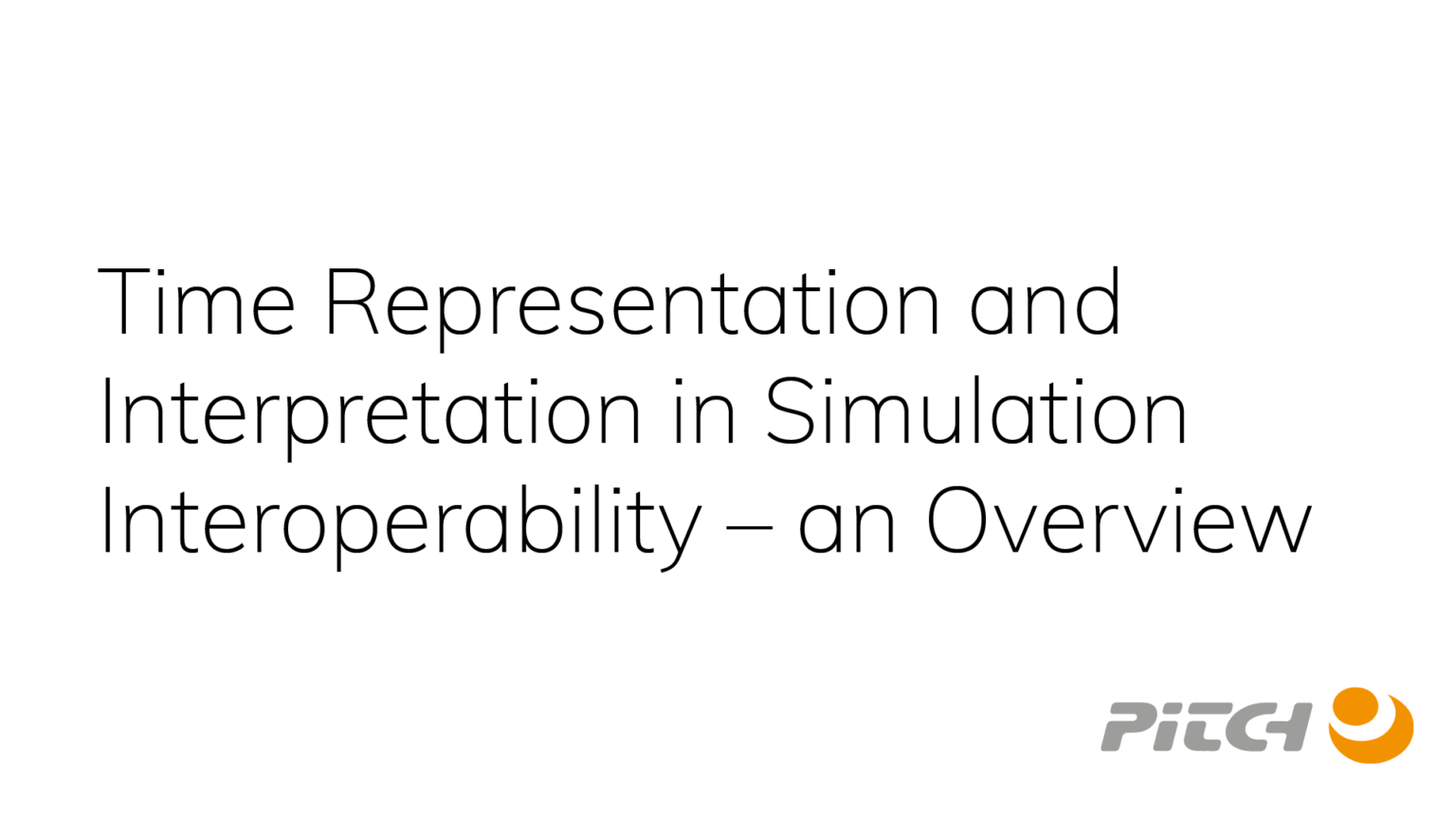ABSTRACT: In the DoD M&S Glossary a simulation is defined as a model operating over time so time is a key element in almost all simulations. Simulations can use time for assigning time stamps to individual data elements as well as for specifying the simulated time for the entire simulator/federate, in particular if the simulation is frame-based. The simulation time needs a binary representation, both in each simulator and in a federation where several simulators interoperate.
This paper is about how the simulation time is represented and how it is interpreted in HLA Federations and related domains. It mainly focuses on logical or scenario time and doesn’t go into detail on sources, usage or correctness of time stamps.
It covers the following:
– General aspects of binary time representations and in particular time classes used in HLA. An overview of commonly used time representations is given, ranging from the older HLA 1.3 RTI time classes to the standardized time types in HLA Evolved. Issues with floating-point time representations and small time steps are covered in detail.
– Specialized time representations such as RPR FOM/DIS time stamps and advanced time classes used for perfect event ordering.
– Relation to time representations from outside of the simulation domain such as UTC time and other time.
Finally, this paper identifies some of the typical mistakes that are made in relation to simulation time and some
important points and advice for both beginners and advanced developers of federations are given.
Authors: Mikael Karlsson, Fredrik Antelius, Björn Möller
Publication: Proceedings of 2011 Spring Simulation Interoperability Workshop, 11S-SIW-049, Simulation Interoperability Standards Organization, April 2011.

